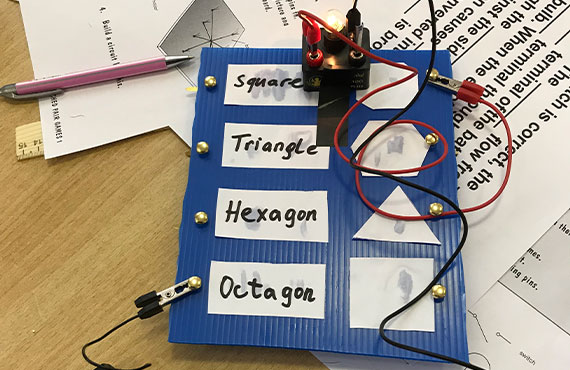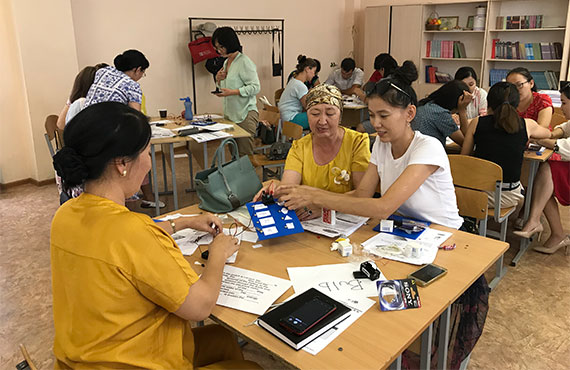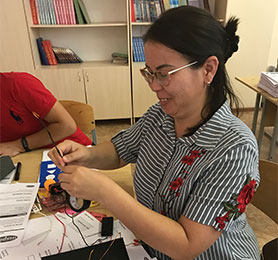About Primary School STEM Camp - Electrifying
During the introduction, camp members have a hair-raising experience with static electricity. They engage in activities involving static electricity, electroscopes, the electric clown, and electric matching pairs. Later, they design and create an electric steady hand game to take home, which they test at the end of the camp.
Session 1: How is lightning created, and why does your hair stick up?
The camp leader:
- Demonstrates 'lightning bolts' using a Van der Graaff generator, creating a captivating start to the camp with sparks flying.
- Conducts a hair-raising demonstration of the electroscope, where camp members witness the magical movement of foil ends.
During the introduction, camp members enjoy the following magical experiences:
- Creating charged patterns with the plasma ball.
- Experiencing hair-raising moments using charged plastic combs.
- Lifting pieces of foil with their charged combs.
- Playfully sticking balloons to themselves and others by charging them.
Session 2: The Electric Clown
How can you make the clown’s nose light up, and his bow tie spin?
The camp leader:
- Create various electrical circuits to make a clown with a glowing nose and a spinning bow tie.
- Receive a clown's face attached to a plastic board, a bulb, a bulb holder, a motor, a battery, a battery holder, and wires.
- Build two electrical circuits, one to light up the nose and the other to spin the bow tie.


Session 3: Electric Matching Pairs
How can you determine if the answer is correct?
During this activity, camp members will build a familiar board game. To do this, they will:
- Create matching pairs, such as questions and answers or pictures and words.
- Ensure that the matching pairs are not positioned opposite each other on the board.
- Insert a split pin through the board next to each word or picture.
- Connect a wire from the word pin to the matching picture pin behind the board, concealing it from view.
- Construct a circuit using a battery, bulb, and wires. When the unattached ends of the circuit are touched against matching pair pins on the board, the two pairs will form a complete circuit, causing the bulb to light up. If an incorrect match is made, the bulb will not light up.
Session 4: Electric Steady Hand Game
How steady are your hands?
During this activity, camp members will design and create a game to test hand control. The process involves:
- Bending a length of steel wire into an intricate, looping shape.
- Attaching the loop to a platform made from future board to provide support.
- Connecting one end of the loop to a battery using a wire and crocodile clip.
- Attaching another wire to a buzzer, which is then connected to the other terminal of the battery.
- Fixing a curved, insulated handle made from steel wire to the second wire of the buzzer.


Camp members can take their steady hand games home and have fun playing with their families.
